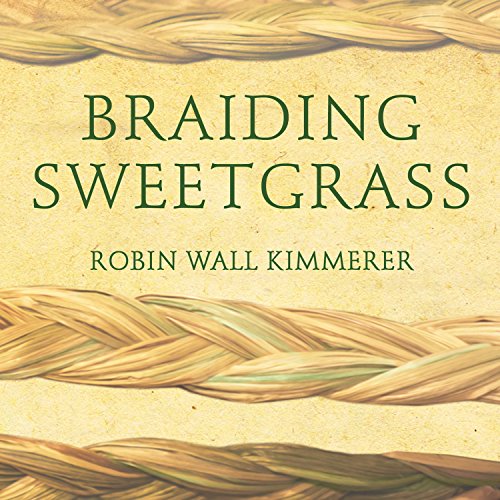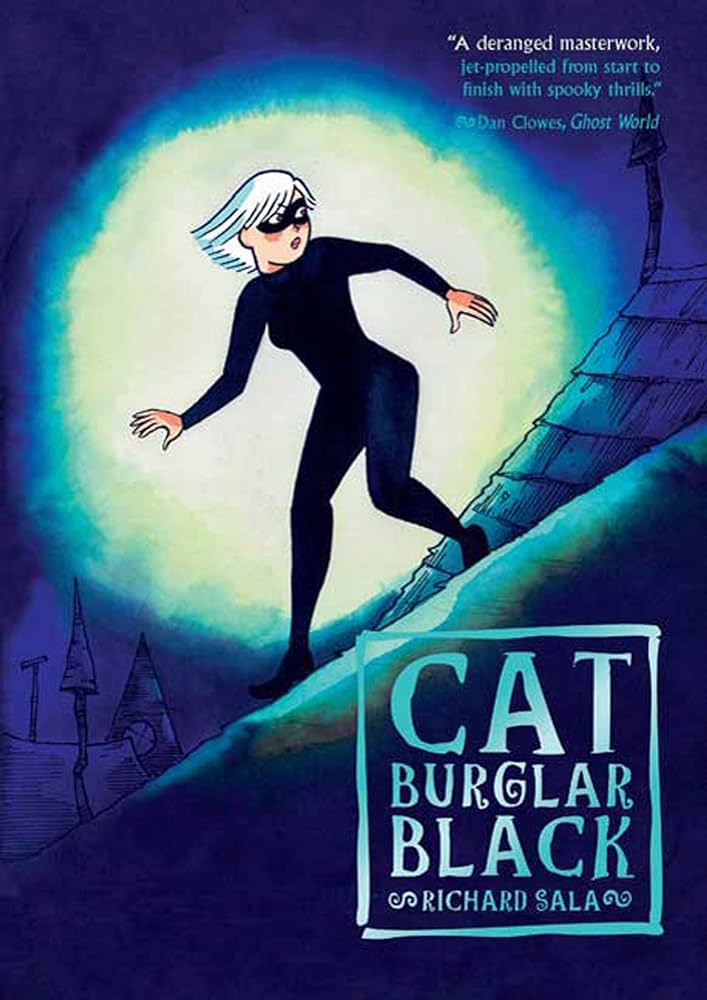Braiding Sweetgrass: Indigenous Wisdom, Scientific Knowledge and the Teachings of Plants
by Robin Wall Kimmerer
2013
read by Robin Wall Kimmerer
2016
This is a gorgeous and fascinating book, and I’m glad that I was able to listen to a version read by the author. The book is a wide ranging series of stories and musings about her life, family history, biology, ecology, and reclaiming that which is too nearly lost. It starts with a very personal focus, about her life and self-reflection and moves onto some really fascinating discussions of plants and of Native American culture and history, and then continues onto a discussion of both the dangers of ecological destruction and the importance of not giving up on repairing such casualties.
Kimmerer was raised with a Native American’s perspective on nature which gave her a love of plants and a desire to study them, and then went on to get a PhD and then a professorship in biology with a very scientific perspective on nature. It was later that she realized how important it was to combine the two approaches to nature rather than to give up one for the other. The scientific perspective is one of studying plants as objects, with scientists as unbiased outsiders, while the Native American perspective is one of being part of the nature with humanity as the younger sibling needing to learn from the plants and animals who came before them.
One of the themes that really got to me was her description of how nature is a gift economy: plants give fruits and berries to the birds, and birds give transportation of seeds to the plants. And also how humans are part of this gift economy, not separate from it. Our role in nature is supposed to be taking what is given with gratitude and giving back with reciprocity. The dangers comes with refusing what is given, taking what is not given, not having gratitude, and not giving back.
Another metaphor that she used to great effect was delving into the story of the windigo — a Native American monster that is constantly hungry and can never be satiated — and how capitalist society is trying to turn everyone into this very monster: hungry for more and never satisfied.
The audiobook is approximately 17 hours long, so I’ve been listening to this on my work commute for more than a month, and Anna has been inundated with “In Braiding Sweetgrass…” statements, because every day there is some new and fascinating story or perspective. I’ve also had to deal with becoming a bit teary-eyed while driving a few times.
This is truly an amazing book, and I highly recommend it to basically anyone and everyone.














